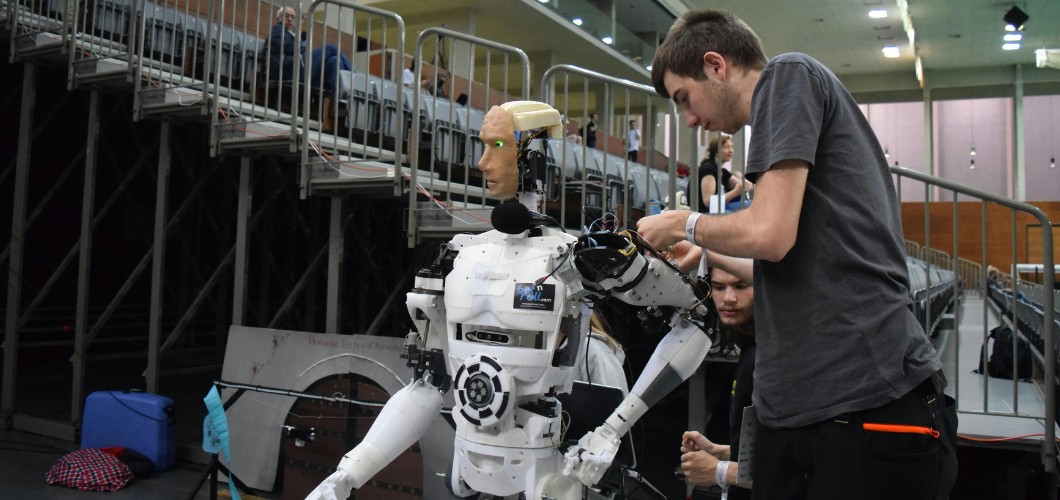So, you want to build an AI solution. Great. But maybe, just maybe, nobody told you everything before you started. As someone deep in the trenches of AI engineering, here’s a more honest, less-polished take on creating AI solutions. Let’s dive into what people gloss over.
1. The “Problem” Comes Before the “Solution”
One of the biggest mistakes in delivering AI solutions is jumping straight into modelling, tech and fancy tools. You pick up a slick algorithm or read about a new LLM, and you’re off. But this is backwards.
Instead, start by asking what business or human problem you’re solving. What metric improves? What user pain point gets addressed? A blog post noted: “I built technically impressive AI implementations that solved no real business problems.”
If you skip this, your AI solutions will feel cool but result in… nothing meaningful.
2. Data Is Your Achilles’ Heel
Here’s the raw truth: AI solutions are only as good as what you feed them. Garbage in, garbage out. A recent article about common pitfalls of AI/ML projects said poor data quality, missing values, bias, and inadequate infrastructure; those make or break the project.
If you don’t invest time early on cleaning, auditing, and maintaining data pipelines, your AI solutions will stumble when you least expect them to.
Tip: treat data as a first-class citizen, not just something you handle “later”.
3. Production (Not Just “Works on My Machine”)
You might build a prototype or a research model, and it “works”. But productionising an AI solution demands more. From latency to scalability to resource constraints, these are real. One article said: “Integration complexity multiplies when deploying models into existing production systems.”
So, when designing your AI solutions, ask:
• Can this survive a heavy load
• Are the infra and cost manageable
• What happens when the model drifts or the real-world data changes
If you don’t build for production, you’ll end up with a beautifully designed research toy, not a working AI solution.
4. Simplicity Wins More Often Than Fancy
There’s something about the world of AI solutions where shiny new frameworks, fancy agents, and multi-model architectures distract you from the simple path. I found this in my work, and others report it too.
A simple solution done well beats over-engineered, unstable systems. So: think minimal, think maintainable. The goal is to deliver something reliable, technically sophisticated. When you build AI solutions, ask: “Is this complexity really necessary?”
5. Product + UX = Success (or Failure)
Here’s something that surprises many engineers: sometimes your AI solution fails not because the model is bad, but because the product around it is bad. For instance, a team made a meeting-transcript summary tool (an AI solution) and thought the summary length was key. Turns out users just wanted action items.
If you don’t think about who uses it, how they use it, what they care about, you’ll end up building something that doesn’t get used. So, treat the AI solution as one part of a bigger product.
6. Ethics, Bias & Governance Matter (Seriously)
Okay, this is more than “feel good”. If your AI solutions ignore bias, transparency, and data privacy, you’re asking for trouble. There are documented cases of unfairness, unexpected harms, and people being excluded.
And regulation is coming down the line. So: embed ethics, accountability, human-in-the-loop mechanisms early. Your AI solutions will be stronger and more trustworthy if you do.
7. It’s a Journey, Not a Sprint
Your first AI solution won’t be perfect. Going from prototype to a reliable, maintainable system often takes much longer than expected. Remember: many teams achieve 80% of what they want quickly; the last 20% takes months.
So set expectations with stakeholders: you’re building something that learns, evolves, and needs monitoring. It’s okay. Better to be transparent up front than get surprised later.
8. Maintainability & Technical Debt Are Real
When you take your AI solution live, you’ll discover new kinds of debt: data debt, model debt, configuration debt, and ethics debt. These accumulate fast.
So, plan maintenance includes versioning models, monitoring drift, managing pipelines, and updating with new data. Without that, your solution degrades over time.
9. Team & Skills Matter More Than Tools
Finally, know this: tools (frameworks, libraries, SaaS) are helpful. But what really matters is the team and how you integrate across functions. Someone who understands business + infrastructure + ML + ethics will serve you better than a lone “model-wizard”.
The article “9 Real-World Problems AI Engineers Are Solving Today” points out how things like infrastructure limitations, legacy system integration, cost optimisation, and regulatory compliance, all demand soft and hard skills.
So, when you plan your AI solutions, build a team with diverse skills. Don’t over-rely on just “finding the right algorithm”.
In Summary
When you’re creating AI solutions as an engineer:
• Start with real problems, not models
• Treat data as your foundation
• Production design early
• Choose simplicity when possible
• Think product + UX, not just code
• Embed ethics, governance, and monitoring
• Recognise this is a long game
• Plan for technical debt and maintenance
• Build the right team and cross-functional skills
If you keep these in mind, your AI solutions have a significantly higher chance of making an impact, and a lower risk of quietly failing.
Also read: Why AI Doesn’t Need ML, But ML Can’t Survive Without AI



